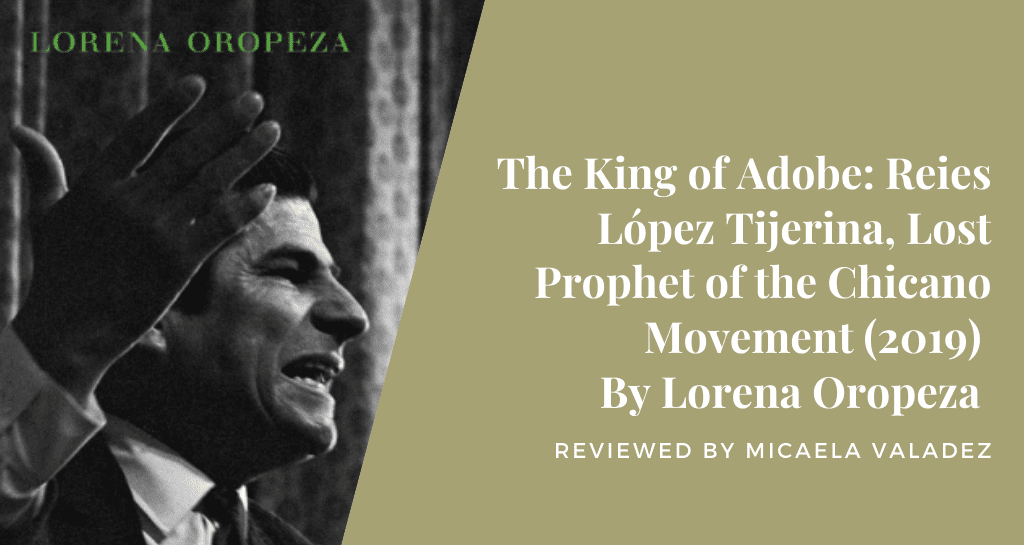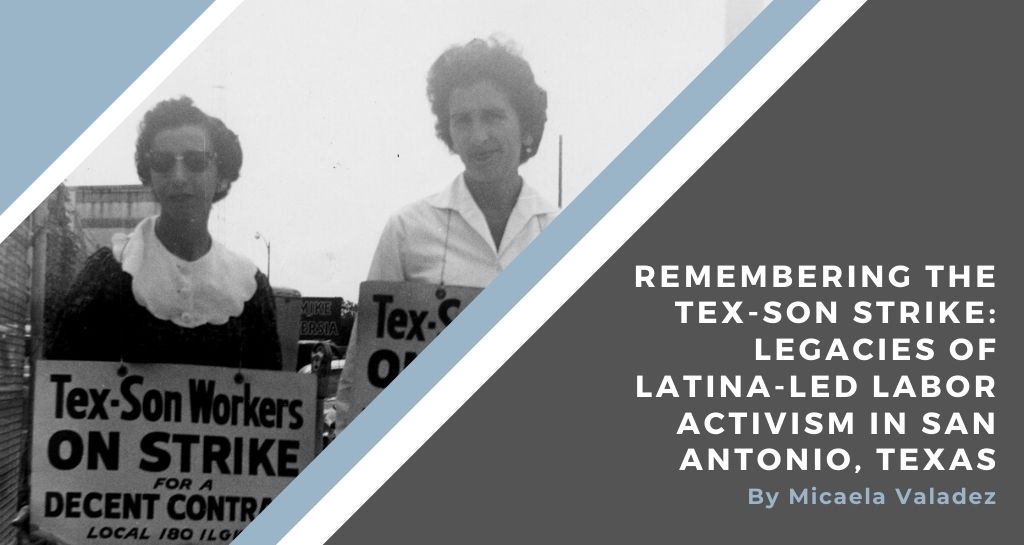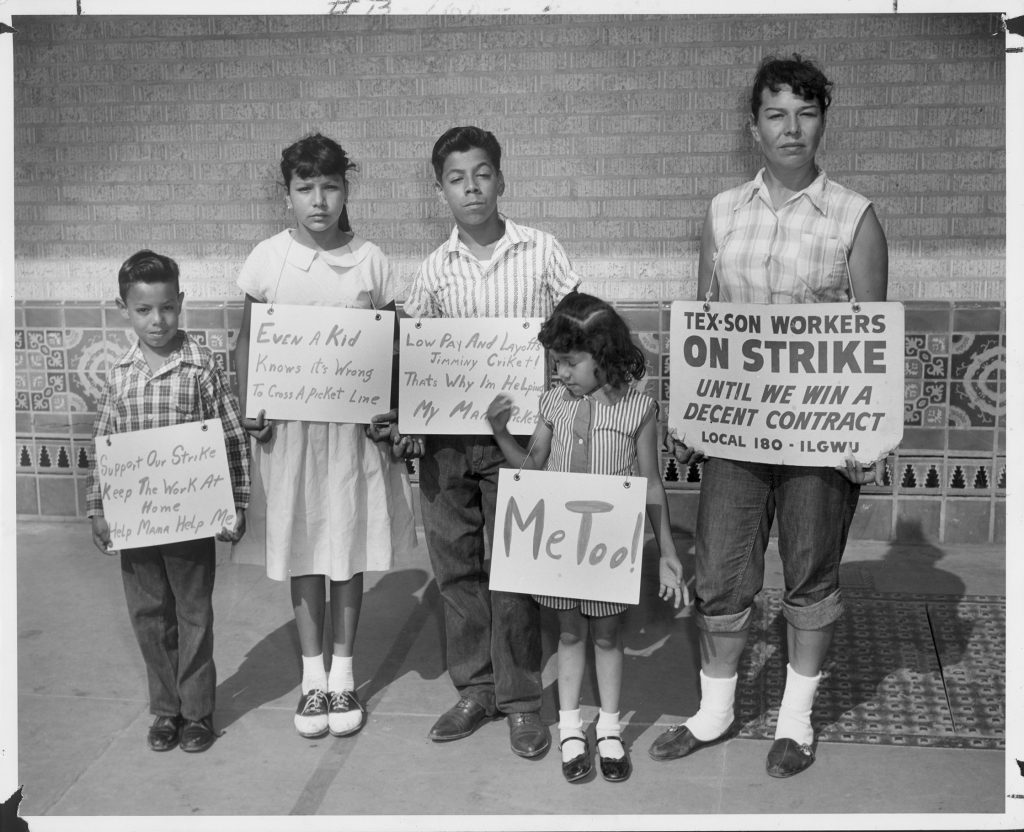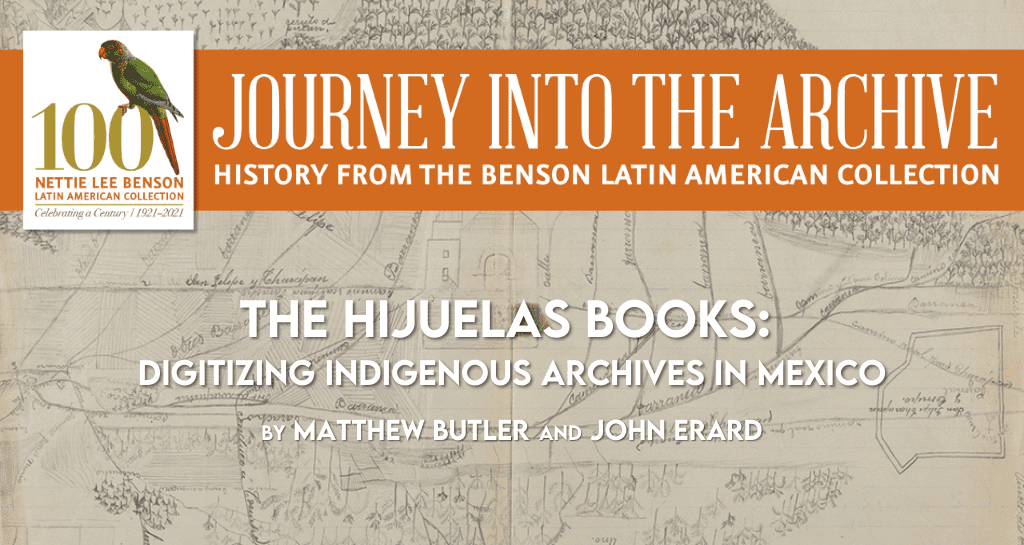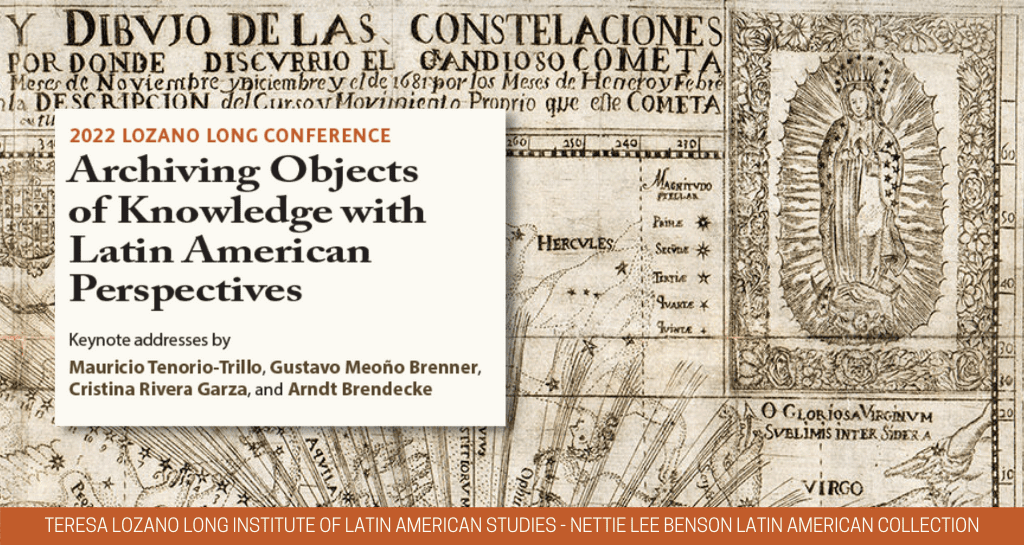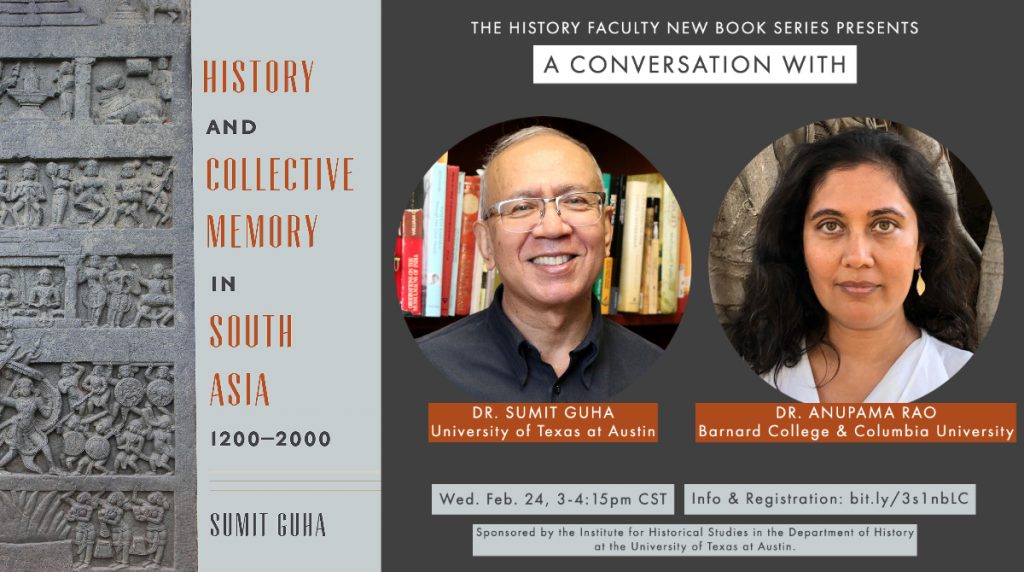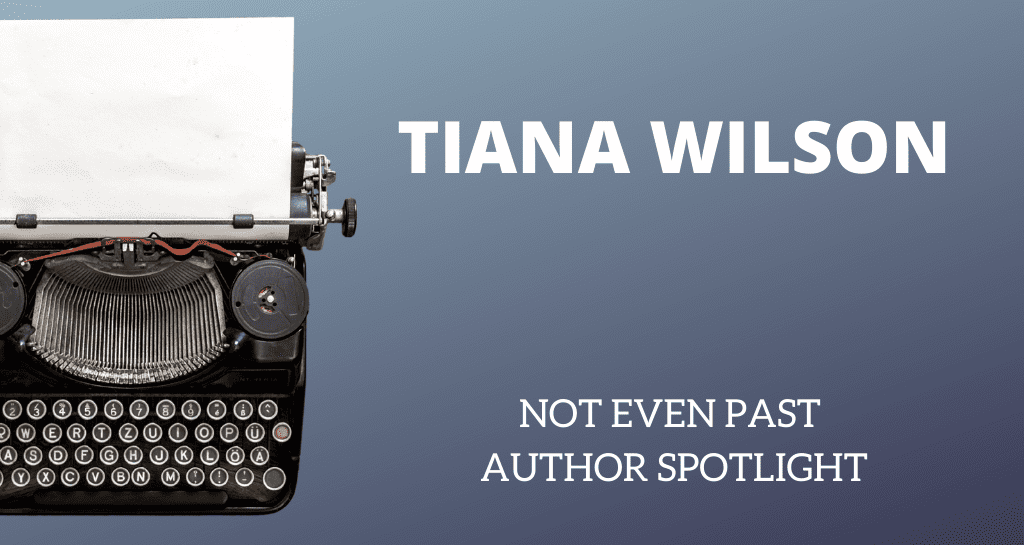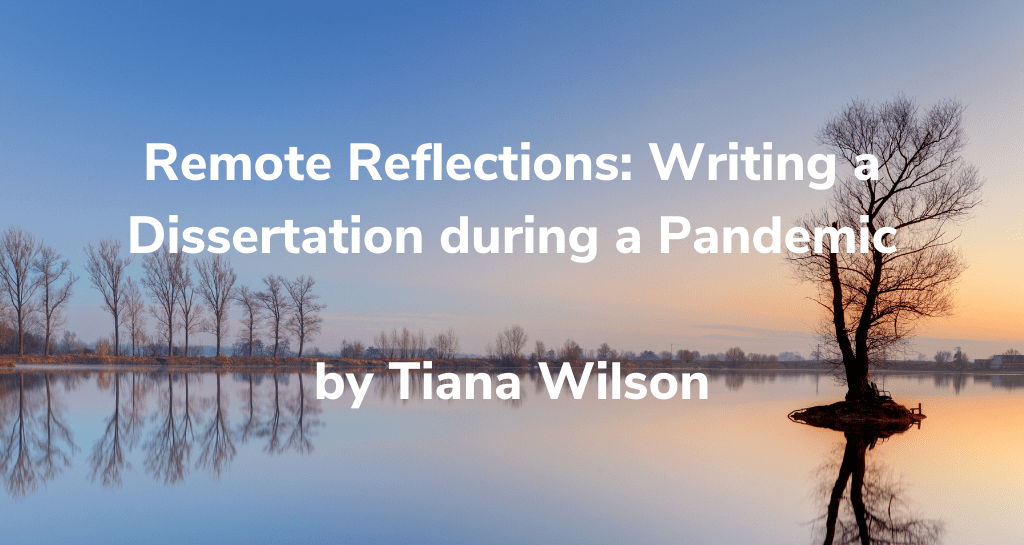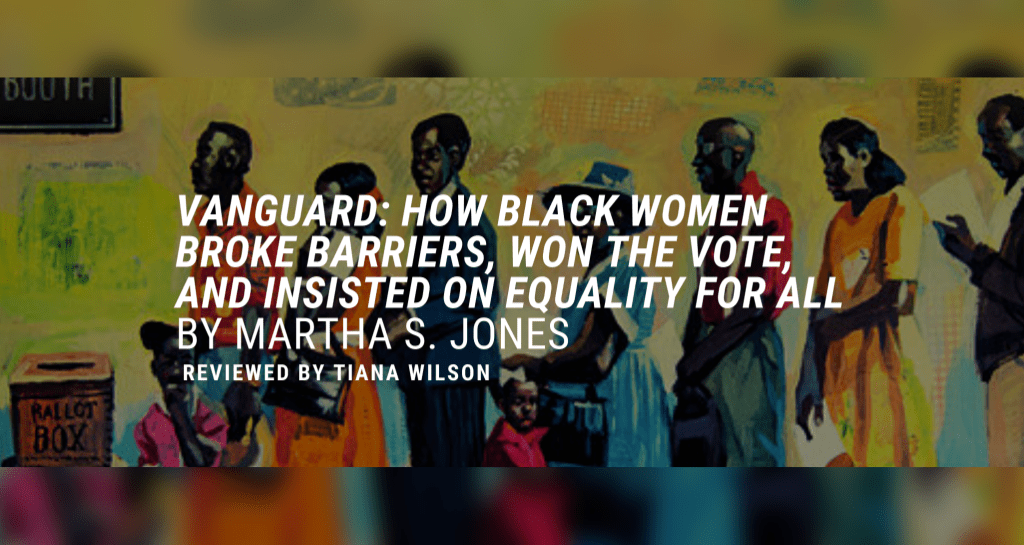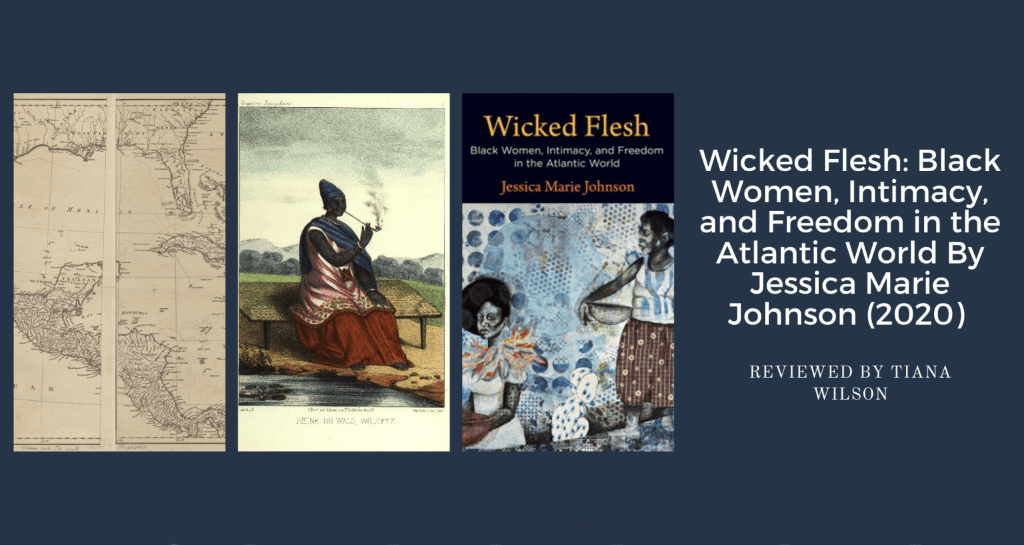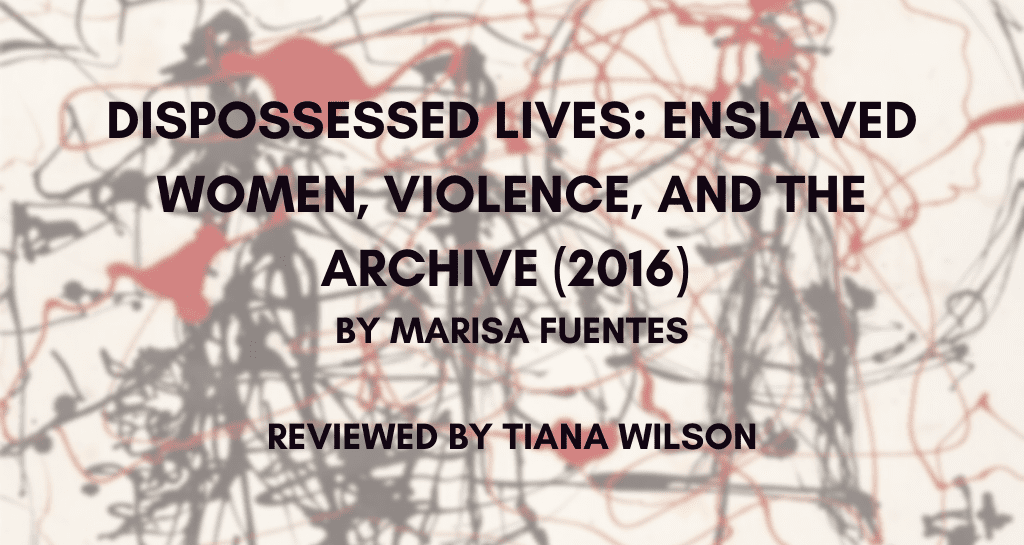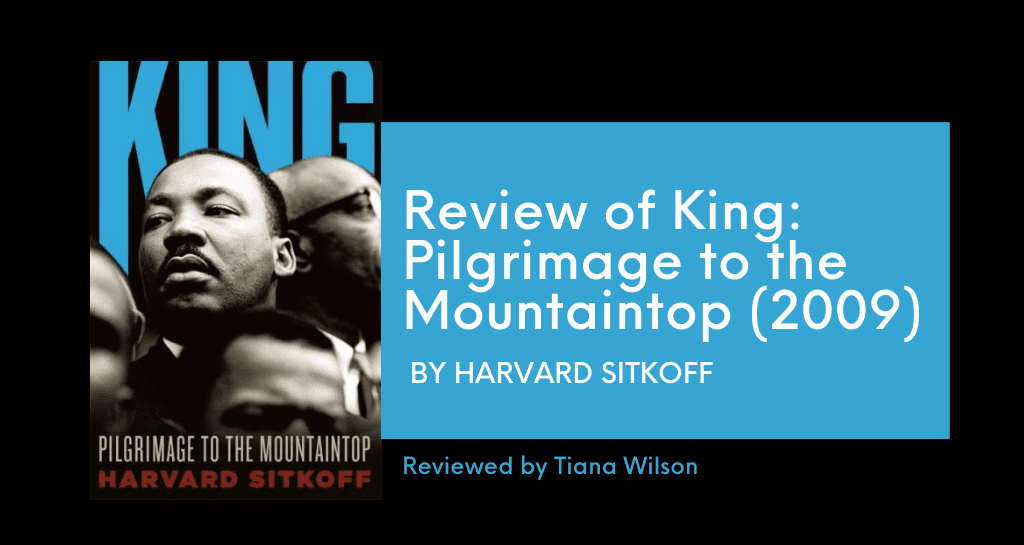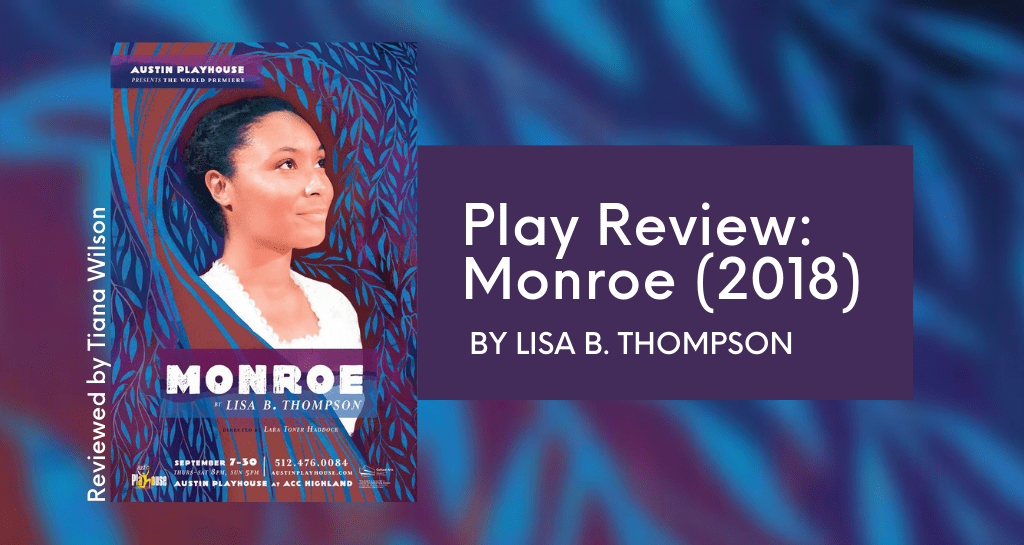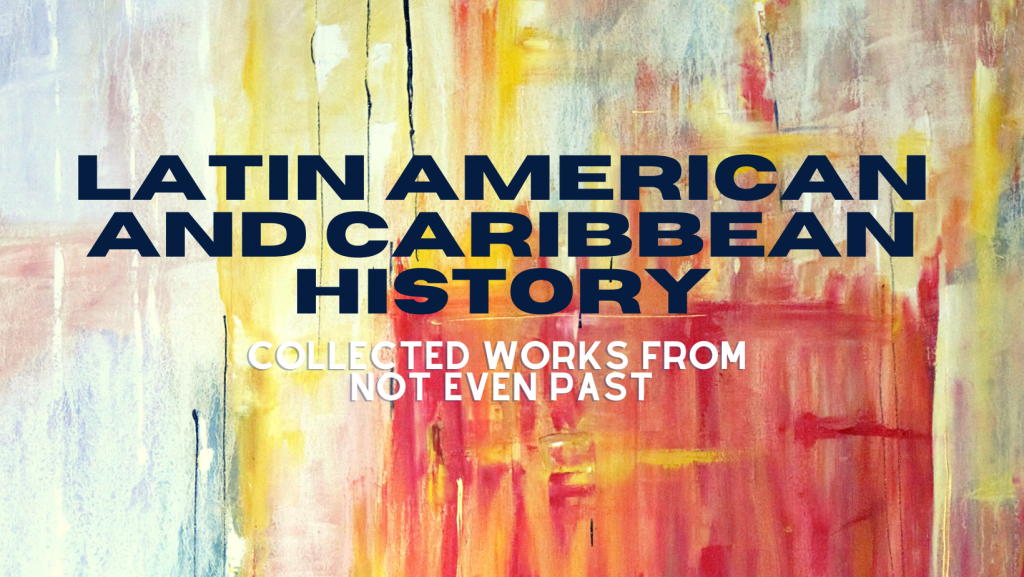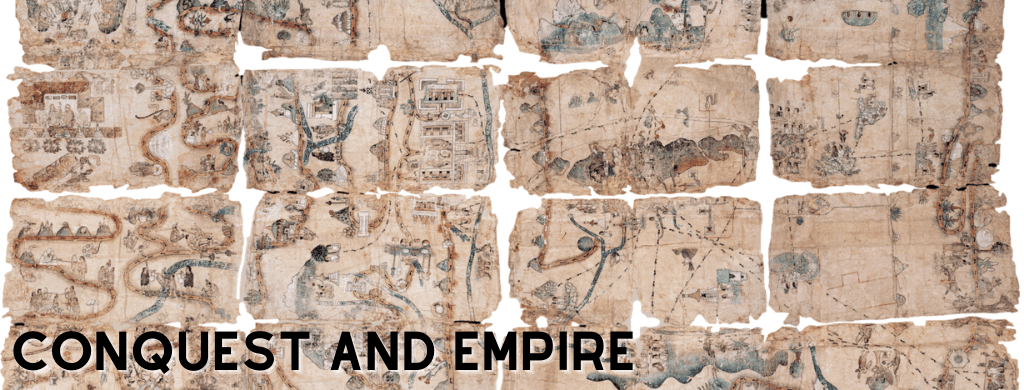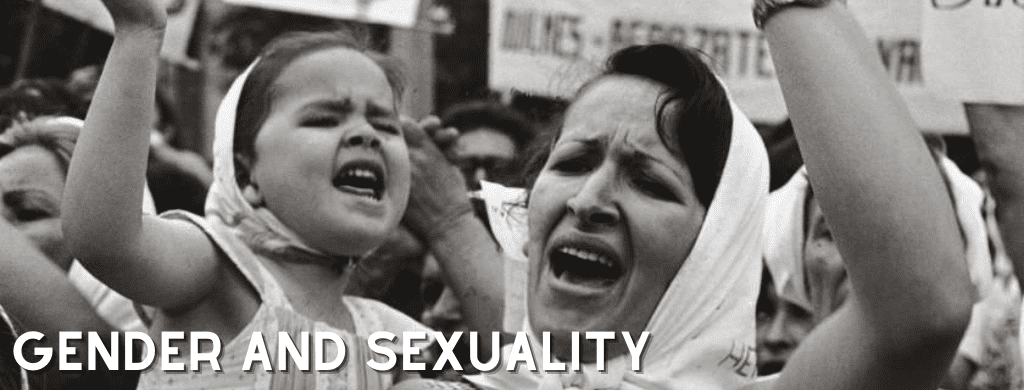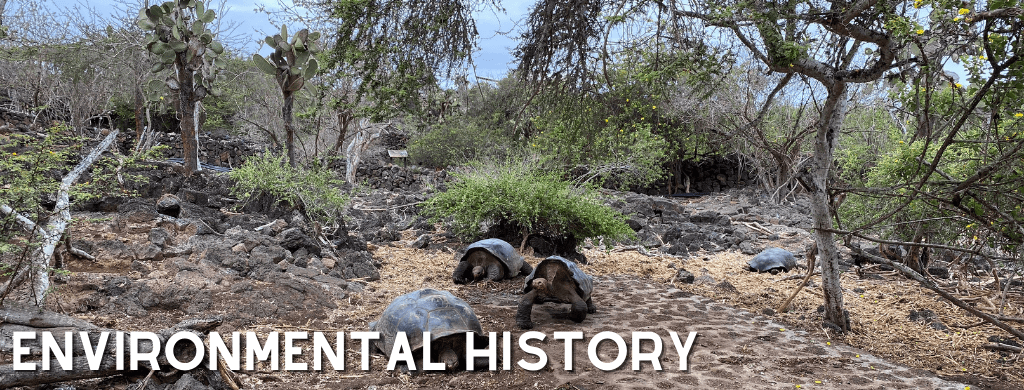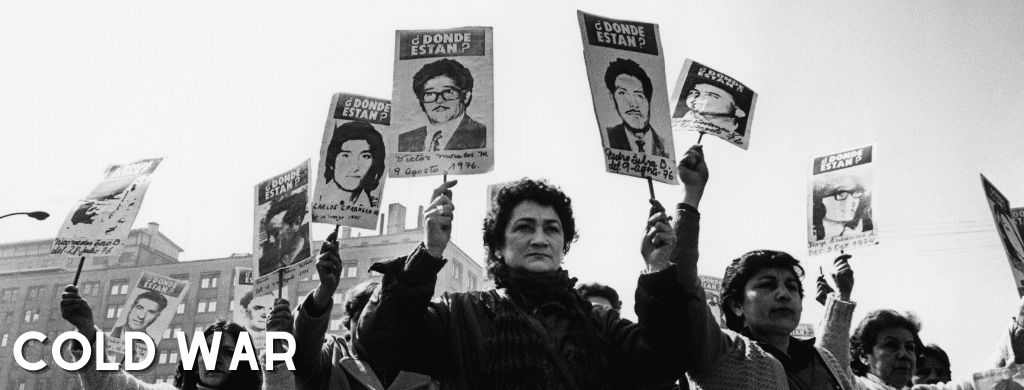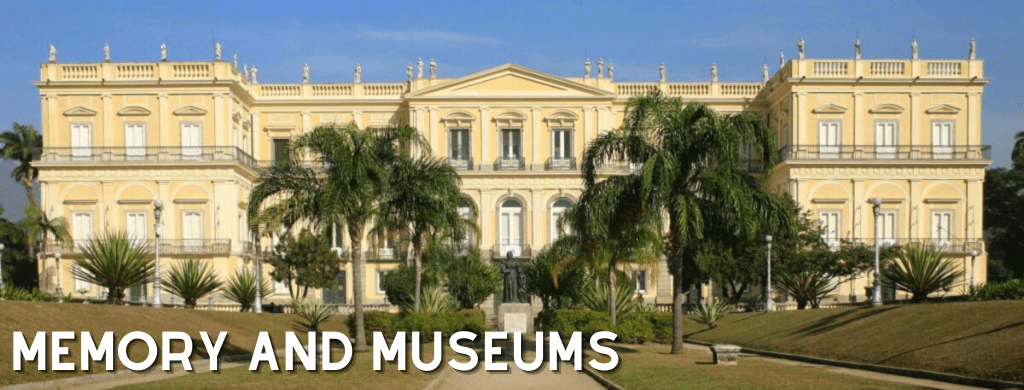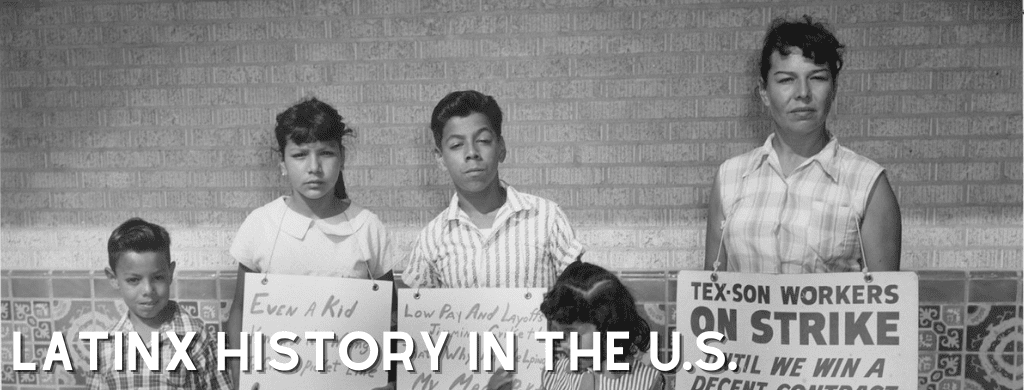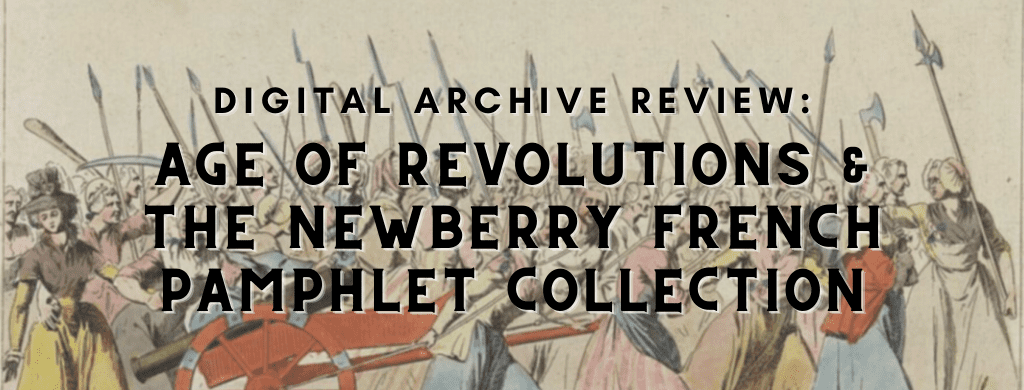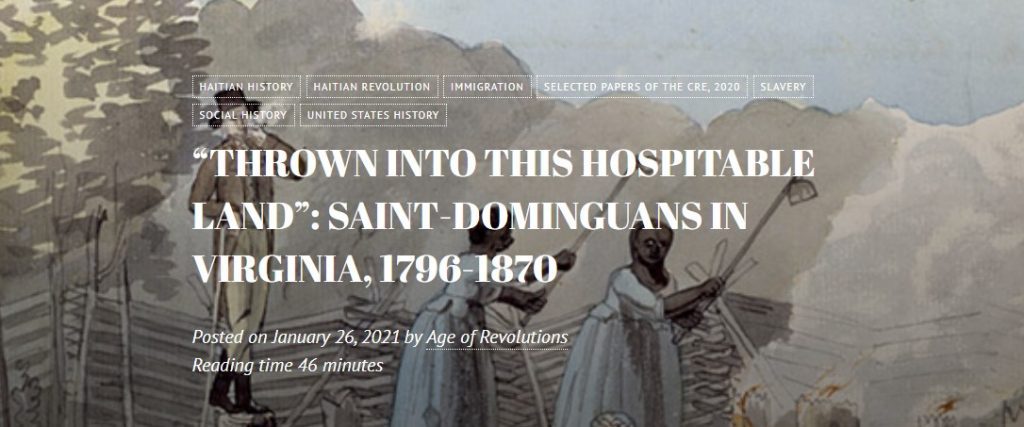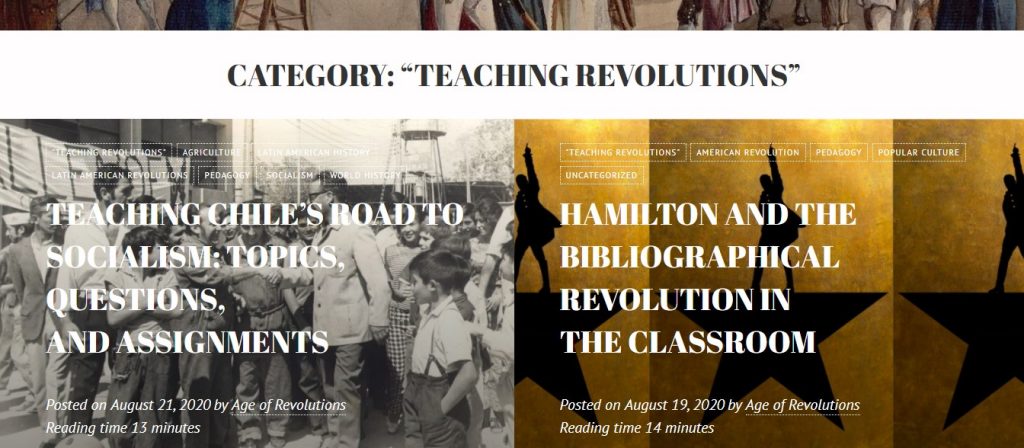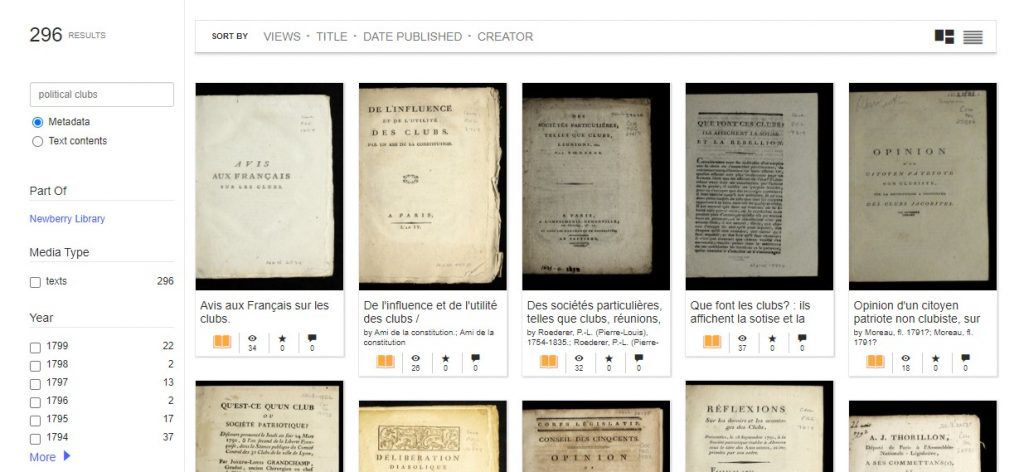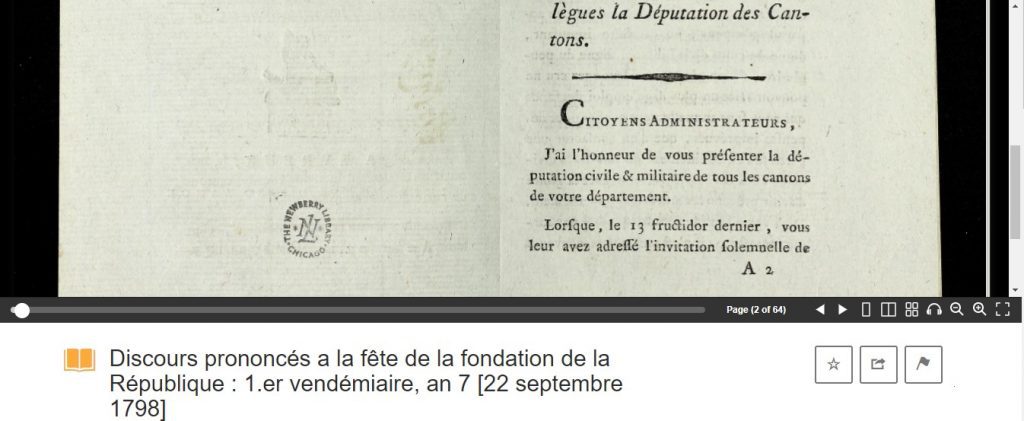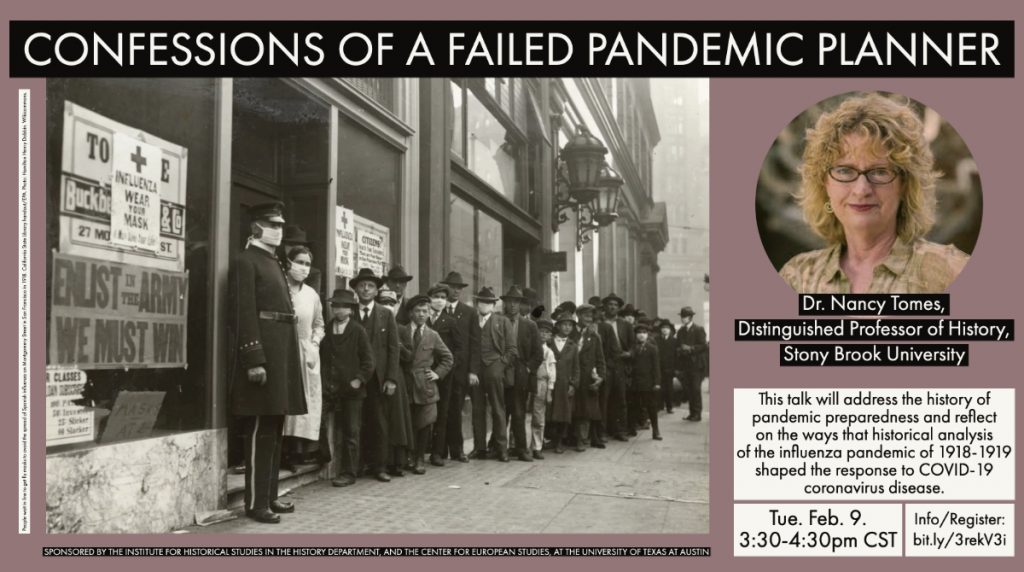The success of Not Even Past is made possible by a remarkable group of writers, both graduate students and faculty. Not Even Past Author Spotlights are designed to celebrate our most prolific authors by bringing all of their published content across the magazine together on a single page. The focus is especially on work published by UT graduate students. In this NEP author’s spotlight, we feature the wide-ranging contributions to the magazine made by Micaela Valadez.
Micaela Valadez is a PhD Candidate in History at the University of Texas at Austin. She is interested in the history of Chicanos/as and ethnic Mexicans in the U.S. and the history of grassroots organizations within those communities. She considers urban and metropolitan history an important lens to view racial capitalism’s impact on the relations between humans and the environment over time. In addition, she is passionate about learning the history of revolutionary opposition to structural oppression globally and how those revolutionary efforts may be applicable today.
Her dissertation analyzes the history of environmental racism and community organizing in San Antonio, Texas in the second half of the 20th century. She examines two organizations, Communities Organized for Public Service and the Esperanza Peace and Justice Center, that emerged in the 1970s and 1980s out of the Chicano/a movement with two different ideologies and strategies. Both take on the various effects of environmental racism over time that are produced by capitalism and the racialization of space in San Antonio. However, this project shows how the struggles and successes of these organizations are sometimes subsumed, or not, over time by neoliberal political and economic policies and decisions that continue to inflict environmental damage upon vulnerable spaces and communities in the city.

The year 2019 marks the 60th anniversary of the Tex-Son strike, a major labor battle waged in San Antonio, Texas from 1959 to 1963 by mostly Mexican, Mexican-American, and some Anglo women all of whom were active members of the International Ladies Garment Workers Union (ILGWU) Local 180. This strike is important for the history of Mexican Americans, women, and labor organization because it bridged the two other major moments for Mexican and Mexican American labor activism: the Pecan Shellers strike in San Antonio during the 1930s and the other Farah strike of the 1970s in El Paso. Little is known about labor activism strategies of marginalized women in the Southwest during the period in between these two infamous labor organizing efforts. The Tex-Son strike unveils what working women did to advocate for their needs on the garment factory floor during the Cold War period, especially in a historically anti-labor, anti-union state.
Read the full article here.
Dreaming with the Ancestors argues that Black Seminole women held on to their African identities, which they melded with the Native American and Mexican cultures that the community encountered during their migration, slowly forming the culture and identity that survives to this day. From the plantations on the East Coast to present day Brackettville, Texas and Nacimiento, Mexico, Black Seminole women would have to deal with multiple adversities including discrimination, prejudice, warring, and the eventual loss of their future generations’ interest in their own history. What Boteler Mock does is provide these young Black Seminoles living in Brackettville, Texas, and to others who have moved on, with a precious piece of literature dedicated to the efforts, resilience, and incredible endurance of the Black Seminole people, especially the women. The authors’ ultimate purpose for this book, and the hope of her beloved friend and critical interviewee, Alice Fay, is that this work would revitalize the younger community to learn and appreciate their history and ancestors courage. I found that the motivation and the actual relationship Boteler Mock had with her interviewees, who would come to be more like family, really made me appreciate the work she did.
Read the full review here.
Austin is a global city, home to some of the most technologically advanced and successful corporations in the world as well as a renowned university system that provides highly trained and educated employees to those same top companies. All the while, Austin’s constant obsession with building a sustainable and environmentally friendly city contributes to the growth of a largely white upper-middle class demographic who can afford living in proximity to Austin’s finest and natural recreational spaces. A look at Austin’s past reveals a pattern of racial discrimination as the city constantly places the needs of white residents, boosters, developers, and investors above those of Black and Latino residents.
Read the full review here.
One of the most challenging projects for historians of the twentieth century is producing biographical accounts of the heroes and heroines of the social movements of the 1960s and 1970s. Historical biographies have been attacked because they muddy our positive view of popular leaders in movements that remain salient in the twenty-first century. Some historians, however, write narratives that are powerful and controversial simply because the historical subject was nowhere near perfect, even crossing boundaries that we consider violent and abusive. This is the case for one of the most influential figures in the history of the Chicano Movement, Reies López Tijerina. Evangelical preacher and prophet turned leader of the Alianza Federal de Mercedes (Federal Land Grant Alliance], Tijerina’s life is chock-full of both violent and inspiring actions and decisions. Lorena Oropeza’s new book, The King of Adobe: Reies López Tijerina, Lost Prophet of the Chicano Movement, skillfully exposes the contradictions of a significant historical character as historians of the Chicano Movement seem to lose sight of his monumental importance in the fight for land rights in the U.S. Southwest.
Read the full review here.



